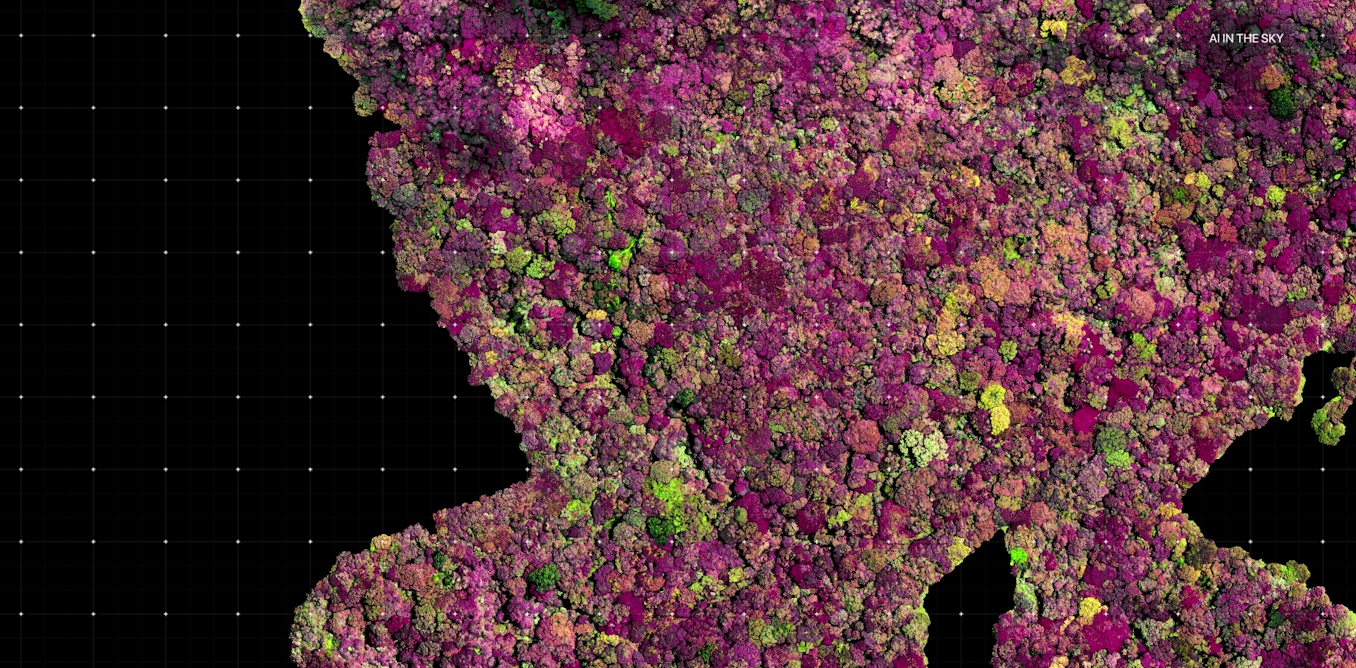- cross-posted to:
- [email protected]
- cross-posted to:
- [email protected]
“Surely this is the most solitary organism in the world,” wrote palaeontologist Richard Fortey in his book about the evolution of life.
He was talking about Encephalartos woodii (E. woodii), a plant from South Africa. E. woodii is a member of the cycad family, heavy plants with thick trunks and large stiff leaves that form a majestic crown. These resilient survivors have outlasted dinosaurs and multiple mass extinctions. Once widespread, they are today one of the most threatened species on the planet.
The only known wild E. Woodii was discovered in 1895 by the botanist John Medley Wood while he was on a botanical expedition in the Ngoye Forest in South Africa. He searched the vicinity for others, but none could be found. Over the next couple of decades, botanists removed stems and offshoots and cultivated them in gardens
Fearing that the final stem would be destroyed, the Forestry Department removed it from the wild in 1916 for safekeeping in a protective enclosure in Pretoria, South Africa, making it extinct in the wild. The plant has since been propagated worldwide. However, the E. woodii faces an existential crisis. All the plants are clones from the Ngoye specimen. They are all males, and without a female, natural reproduction is impossible. E. woodii’s story is one of both survival and solitude.
My team’s research was inspired by the dilemma of the lonely plant and the possibility that a female may still be out there. Our research involves using remote sensing technologies and artificial intelligence to assist in our search for a female in the Ngoye Forest.
Looking for the lost entwives.
Literally me
THEY CAN PUT CHEMICALS IN THE WATER THAT MAKE THE FREAKING FROGS GAY! THEY CAN PUT CHEMICALS IN TREES TO MAKE THEM GROW TITS!




